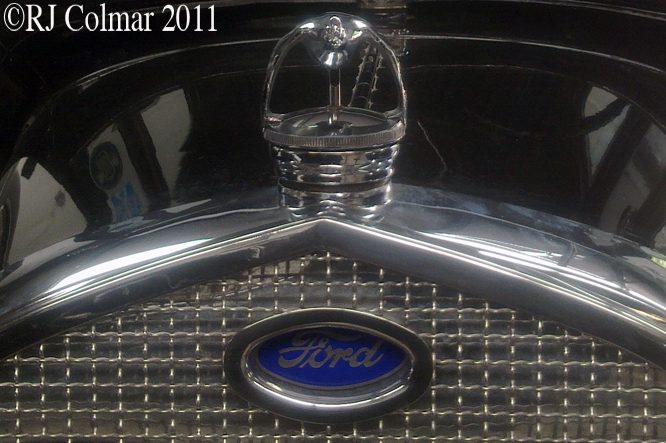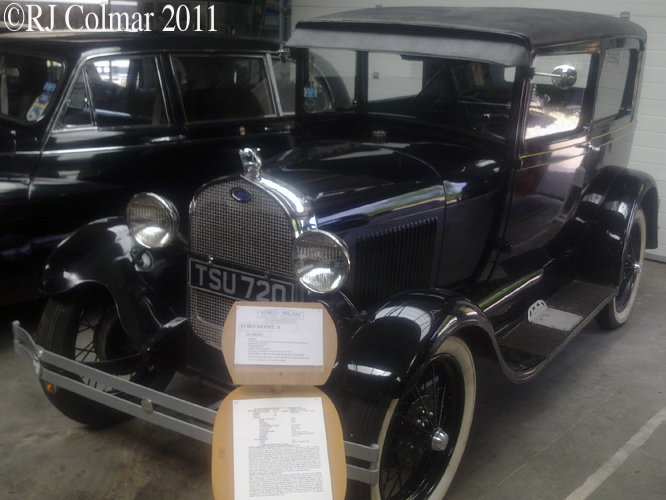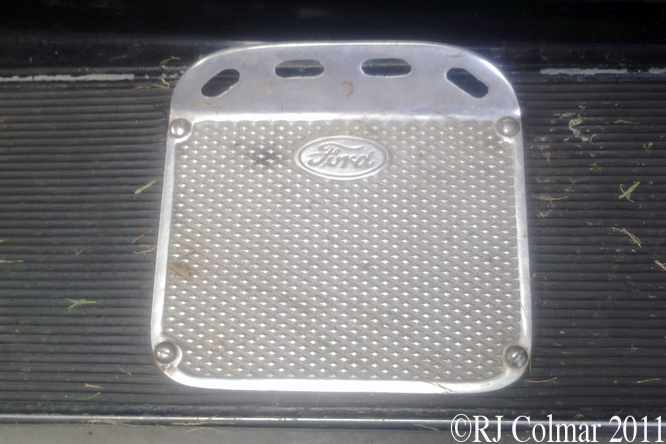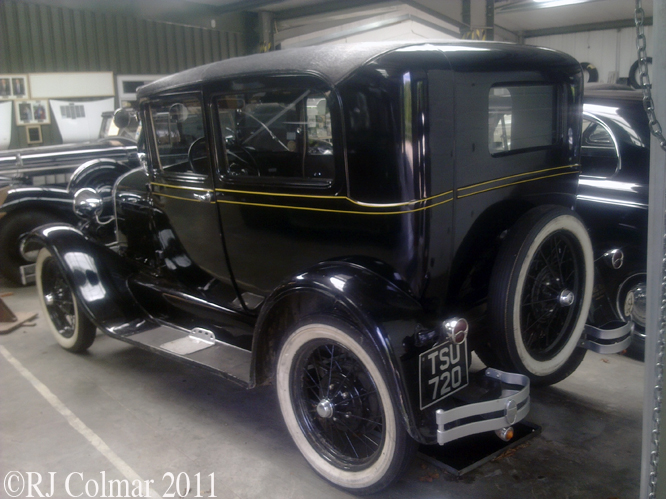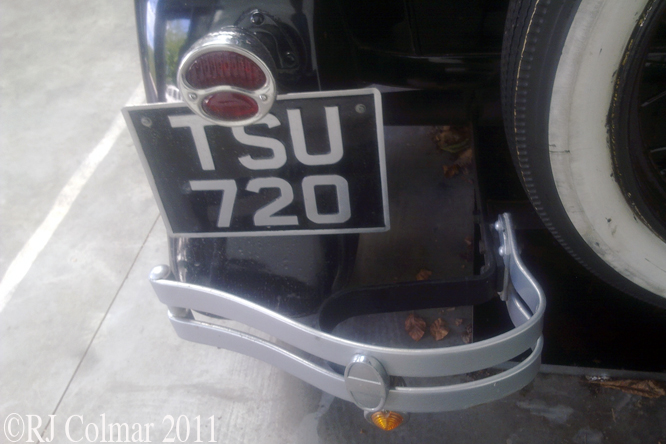After 18 solid years of solid market dominance the Tin Lizzie Ford Model T with over 15 million units sold world wide was reaching the end of it’s marketable life as the worlds truly massed produced car, and despite some resistance from it’s creator, Henry Ford, a replacement was designed with the same attention to detail as to how it would be mass produced.
The Ford Model A was launched in 1927 with an improved 4 cylinder 201 cui / 3.3 litre engine, conventional clutch, brake, accelerator foot pedal arrangement, with a variety of colours for a variety of passenger and commercial body styles.
Despite being in production for a relatively, compared to the Tin Lizzie, short time of just 4 years from 1927 to 1931 over 4.5 million Model A’s were produced. With production being continued in Russia under Licence by GAZ from 1932 to 1936.
However not all was rosy for the Model A in Europe where cars were taxed on either engine size or horsepower or in the case of His Majesties Revenue & Customs a formula involving both.
As a result of the punitive taxation rules European manufacturers had specialised in building lighter cars with smaller engines and the Model A did not stack up well against the light weights, even less so when the Model a was offered with a smaller 122 CUI / 2 litre motor because the smaller motor had a much higher fuel consumption.
The Model A became the first Ford manufactured entirely in Britain when Ford’s new plant at Dagenham was opened in October 1931. However this 1929 model, seen here at the Atwell Wilson Museum will have been assembled from a kit in the same facility at Old Trafford in Manchester as the earlier ‘British Built’ Model T’s.
Thanks for joining me on this HMRC edition of ‘Gettin’ a li’l psycho on tyres’, I hope you will join me again tomorrow. Don’t forget to come back now !

